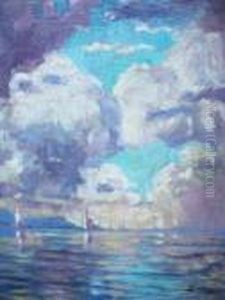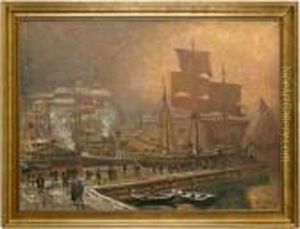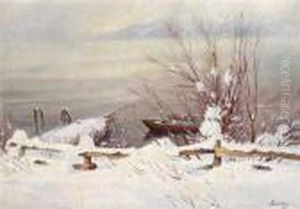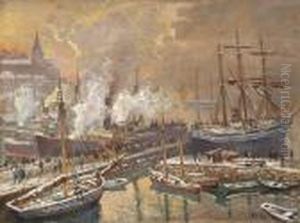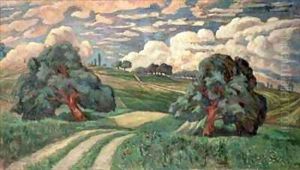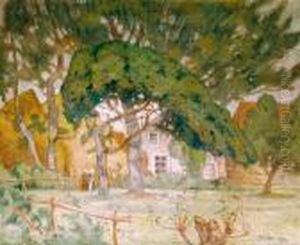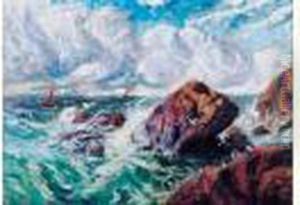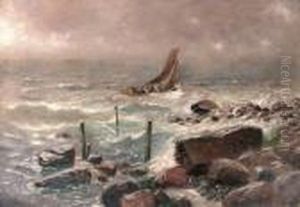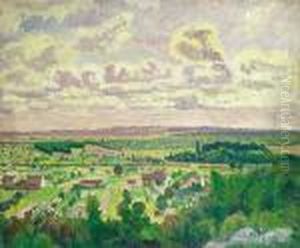Carl-Edvard Diriks Paintings
Carl-Edvard Diriks was a Norwegian painter and illustrator born on January 30, 1855, in Christiania, now known as Oslo, Norway. He is best known for his marine paintings and depictions of coastal life. Diriks was the son of Carl Johan Diriks, a government official and an accomplished amateur artist, which contributed to Carl-Edvard's early interest in art.
Growing up in a culturally stimulating environment, he pursued his passion for art and initially trained under his father before studying at the Royal Drawing School in Christiania. Later, he continued his education in Karlsruhe and in Munich, where he was influenced by the vibrant art scenes and the works of contemporaries.
Diriks's art evolved over time, and he became particularly recognized for his seascapes and maritime subjects. His style was influenced by impressionism, though he maintained a distinctive approach to light and color that set his work apart. Diriks was known for his ability to capture the mood of the sea and the life of the people living by the Norwegian coast.
Apart from being a painter, Carl-Edvard Diriks was also a skilled illustrator, contributing to books and periodicals. His illustrations often featured themes similar to his paintings, such as coastal and marine environments.
Throughout his lifetime, Diriks exhibited his work at various art shows, including the World Exhibition in Paris in 1889 and the Berlin Exhibition in 1891. His contributions to Norwegian art were recognized by his peers and art critics alike.
Carl-Edvard Diriks passed away on March 17, 1930. His legacy lives on in art collections both in Norway and internationally, and he is remembered as a significant figure in Norwegian art history, particularly for his evocative portrayals of the sea and coastal life.





